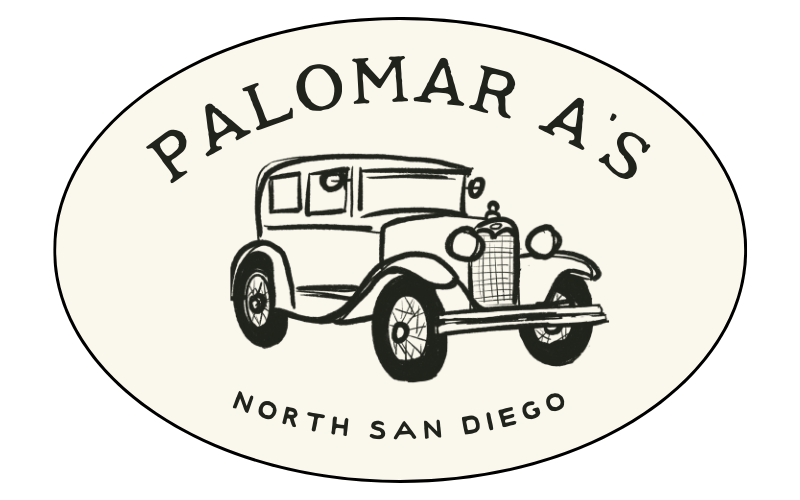A Guide to Vintage Clothes
Written by David Frazee notes from Nichole Sesti
One of the easiest ways to identify the age of vintage clothing is by examining the garment's tags and labels. Many clothing manufacturers include a label with the garment's brand, size, and washing instructions.
Older garments may have labels that include outdated brand names or logos. Vintage Fashion Guild has an extensive archive of clothing labels that you can use to research and date clothing from these.
Before computer inventories were available, manufacturers used lot tags/ numbers to identify a batch of garments that were made from the same fabric or design. Lot tags were used up until 1979.
Union tags were used by manufacturers to showcase their workers were unionized under the International Ladies Garment Workers Union (ILGWU). There are variations of this tag which can help identify what era the garment was produced. From 1900-1936: were labeled with “ILGWU AFL” between 1936-1940: they were labeled with “ILGWU CIO.”
There were also government tags including from the New York Joint Board Sanitary Control which began in labeling in 1910, after the Triangle Shirtwaist Factory fire in 1909. Or the National Recovery Act of NRA label included by many businesses after 1933.
Paper tags are often found in more modern vintage clothing and have the materials, wash instructions, size, and other information.
Speaking of material, the Woolmark logo was introduced in 1964 to showcase the garment’s natural fibers versus the growing use of synthetic fibers. Pre-1939: Wool garments had no label of any kind. After 1964: First Woolmark logo indicated 100% wool content.
If your piece of clothing has garment care instructions, then your garment is dated at 1971 or later. In 1971, the Federal Trade Commission required all clothing manufacturers to include a garment care label.
Check for labels that read “one size fits all” In the 80s, it was a trend to create “one size fits all” costumes. If you find such a tag on a garment, it can indicate that despite what the garment may look like, it was made in the 1980s or later.
Read the label for details such as half sizes. In the 1940s, half sizes existed in clothing when women who were on the shorter size created demand for them. This continued until the 1980s, when half sizes were discontinued and a new sizing system emerged.
If you come across a label that says "Made in the USA," there's a good chance the garment is from the 70s or earlier, as many manufacturers have since moved their production overseas.
Another way to determine a garment's age is by examining its construction and materials. Vintage clothing was often made with high-quality materials like silk, wool, and cotton, and was constructed with great attention to detail. Look for features like French seams, hand-stitched hems, and unique buttons or closures. These details can help you differentiate between a vintage piece and a modern replica.
Iconic “Talon” type zippers were introduced in the 1920s – the original and authentic blue jean zipper. Plastic zippers became available in 1963. Also note the zipper’s location. In the 30s and 40s zippers were most often placed on the side, afterwards on the back.
The finishing on the interior seams can help identify the age of a handmade item. A ‘pinked seam’ will most likely be on a garment from the 50’s. The pinked seam looks like teeth, using the pinking shears as a way to reduce fraying.
In addition to examining the garment itself, it can also be helpful to do some research on the brand or designer. Certain designers and brands are known for their iconic styles and silhouettes, making it easier to identify their vintage pieces.
Lastly, don't be afraid to ask for help! Vintage shops and online marketplaces often have knowledgeable staff or sellers who can help you identify a piece's age, designer, and other important details. And if you're really stumped, there are plenty of online forums and communities dedicated to vintage clothing, where you can ask for advice.






